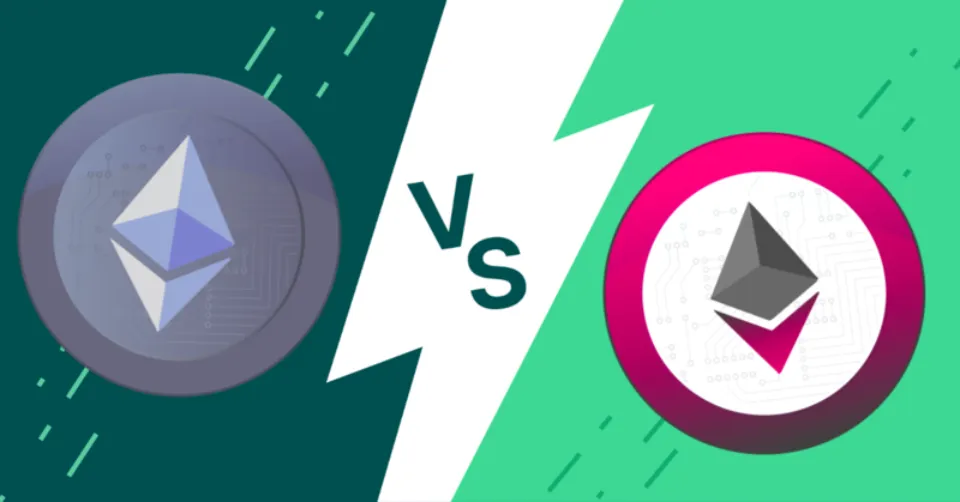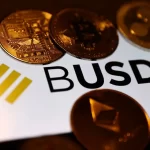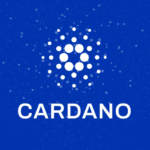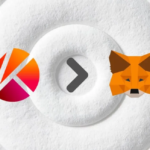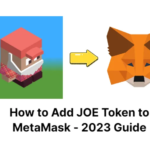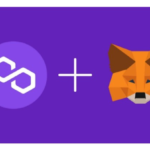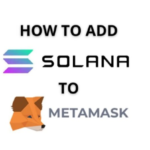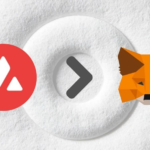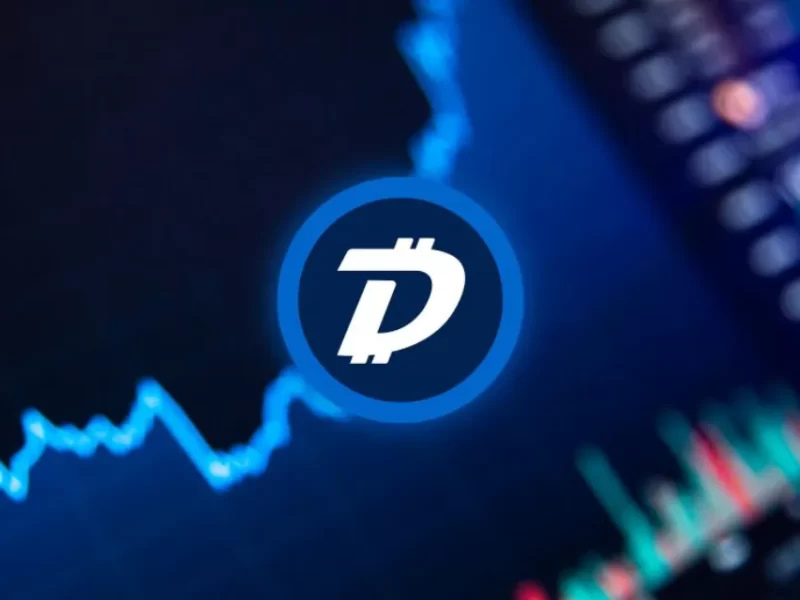Ethereum tokens come in two different varieties: Ethereum (ETH) and Wrapped Ethereum (WETH).
WETH is an ERC-20 token designed to facilitate trading of ETH or its conversion into other cryptocurrencies. ETH is the original token created on the Ethereum blockchain.
Even though they are both Ethereum tokens, there are some significant differences between them that you should be aware of before purchasing or exchanging any of them. Let’s examine these distinctions more closely.
Read More: Crypto Compare Guide 2023 – Exchanges, Wallets, Tokens & More
What is ETH?
Similar to how Bitcoin is used, Ethereum, also referred to as ETH, is a form of virtual money that can be purchased, sold, and traded on exchanges like any other cryptocurrency. But Ethereum’s potential goes beyond just being a virtual currency. On the Ethereum network, it can be used to make Smart Contracts, pay transaction fees, and develop Decentralized Applications (DApps).
Terms to Know:
- DApps are apps that run on the They are decentralized, which means that no single entity has control over the Ethereum network. Consequently, they are less vulnerable to hacking and censorship.
- Smart Contracts are programs that run on the They can be utilized to automate particular tasks or agreements on the Ethereum network. For instance, NFTs are created and made available for sale using smart contracts.
What is WETH?
Wrapped Ethereum, or simply Wrapped ETH, is referred to by the acronym WETH. With the exception of ETH itself, all tokens made on Ethereum adhere to the ERC-20 standard. On the Ethereum network, a smart contract enables users to wrap ETH into WETH to increase ETH’s usability. Wrapping is the process that produces WETH tokens.
Wrapped tokens, like WETH, are most commonly used on chains that the primary token (in this case, Ethereum) is incompatible with. As a result, WETH can be used to pay for goods and services that accept WETH cryptocurrency as payment as well as on decentralized exchanges.
Utilizing WETH has the primary benefit of allowing users to hold ETH in a more comprehensible token format.
How to Wrap ETH
Send Ethereum to the WETH smart contract to wrap Ethereum. You will soon be credited with an equal amount of WETH once the transaction has been approved. It’s important to understand that WETH is not a substitute for ETH. Its goal is to enhance ETH and make it more approachable. As a result, to interact with the Ethereum network, you will still need ETH.
The ability to wrap and unwrap WETH is available on many Ethereum-based platforms. The Balancer DEX is among the simplest locations to accomplish this. Just connect your DeFi wallet to the protocol and find the place where you can “wrap” or “unwrap” your tokens.
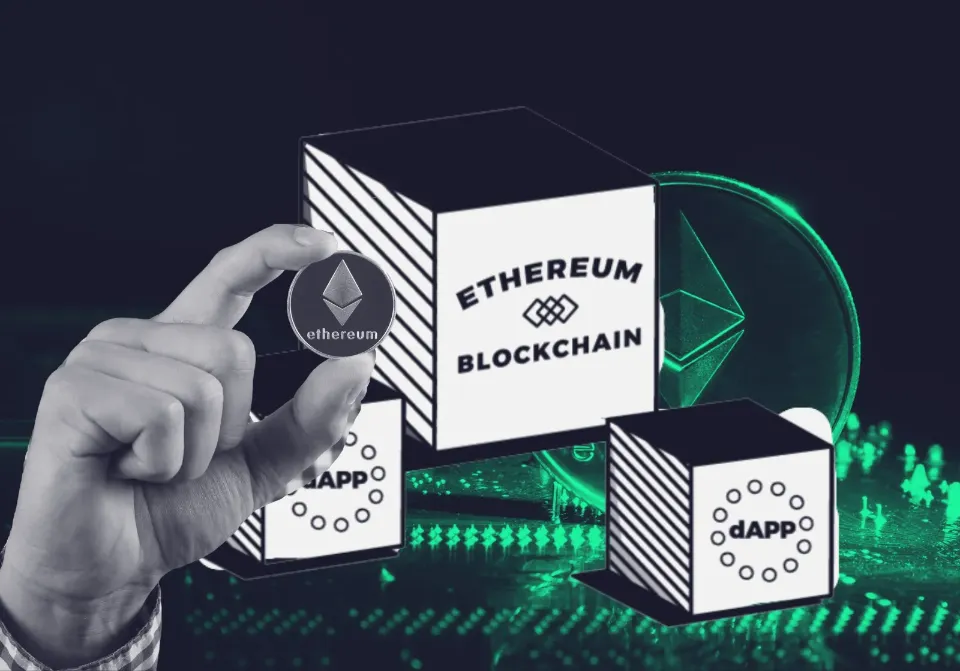
How to Unwrap WETH and Convert It Back into ETH
You’ll require a smart contract if you want to convert your WETH back to ETH. Before the smart contract can take your WETH, you must first approve it. You will employ the approve feature of the Ethereum blockchain to accomplish this. Using the approve feature enables a third party to log into your account and take action on your behalf.
Call the convert function on the smart contract next. Your WETH will be converted into ETH using this function at a 1:1 ratio. After the conversion is finished, you will have ETH in your account that you can use or withdraw whenever you like.
By calling the withdraw function, you can take your ETH out of the smart contract. Your ETH will be sent to the Ethereum address you specify in this manner. You will receive your ETH back once the transaction is finished, and you can use it however you like.
How Does Wrapped Ethereum Work?
Wrapped tokens require guardians to hold the collateral. An example is that if you want to wrap Ethereum, a custodian will hold your ether and give you wrapped ether in exchange. Custodians can be businesses, multi-signature wallets, or even just smart contracts. A wrapped version of your coin is minted after you send the custodian your collateral. For instance, you could simply exchange your Ether for Wrapped Ethereum by going to a DEX like Uniswap. Similar to how dollar-pegged stablecoins operate, the original Ether is converted to Wrapped Ethereum, but the value is maintained.
Wrapped Ethereum is required to exchange between tokens on decentralized applications on the Ethereum blockchain. For instance, certain decentralized applications can only use WETH as collateral and cannot function with Ether. While Ether is needed to pay for gas, WETH is an ERC20-token that can be exchanged for other ERC-20 tokens on DeFi applications. Other blockchains might have their own version of WETH, creating a duplicate of Ether on their own blockchain.
The Main Differences Between ETH and WETH
While ETH and WETH are occasionally equivalent, there are some significant differences between the two.
ETH is the Ethereum network’s native cryptocurrency. For the purpose of operating smart contracts on the Ethereum blockchain, transaction fees, also known as gas, are paid using ETH.
Because WETH complies with ERC20, it can be exchanged on any DEX that accepts that protocol and stored in any wallet. ETH is not ERC20 compliant and can only be stored in wallets that support the Ethereum blockchain
WETH Vs ETH: Which is Better?
The value of both ETH and WETH is constant, so neither is superior to the other. The choice of which one to use at any given time, however, depends more on your needs than on which one might be superior. If you wanted to buy something online, for instance, ETH would be a better option for you. On the other hand, you might require WETH if you wanted to buy some Bitcoin (which is based on another chain).
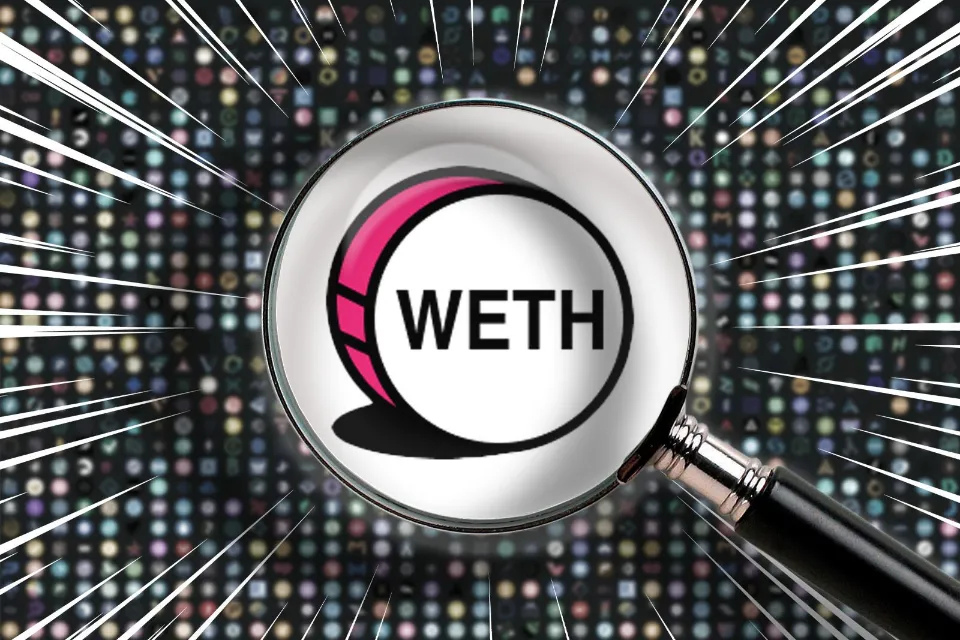
How to Convert ETH to WETH
You can follow these steps to convert ETH into WETH:
1. Navigate to the top-right corner of OpenSea and click the Wallet icon.
2. Click the three-dot menu for Ethereum and select Wrap.
3. Enter the amount of ETH you wish to convert to WETH in the pop-up window.
4. Click Wrap ETH to call the To carry out the WETH conversion, use the WETH smart contract.
5. You’ll be prompted to sign the transaction in a MetaMask window.
6. Once the wrap is complete, you’ll see the following message:
WETH will show up in the wallet section of your OpenSea account after a conversion is successful. WETH has a pink Ethereum diamond logo, making the distinction between it and ETH easy to see.
During the bidding process, you’ll also be able to add more WETH to your wallet by clicking Add WETH.
Adding WETH to Your Wallet (MetaMask)
It’s possible that WETH does not always show up on MetaMask by default. To add WETH, click on the MetaMask extension and click the Add Token button.
Type WETH into the Add Tokens search box. You should see Wrapped Ether (WETH) show up as an option.
WETH ought to show up in your item list on the MetaMask extension after you confirm.
If you want to use Metamask to keep your cryptocurrencies safe, you can check the following guides to learn how to add different cryptos to Metamask in BtcAdv blog!
Do We Even Need Wrapped Tokens?
That’s a resounding yes, of course. We need to be able to use various products on various networks without any issues in order to create the decentralized environment that the cryptocurrency industry seeks to create, just as it is possible to transfer money (potentially) from a domestic bank to an international bank if the two institutions are compatible with it. While centralized entities are certainly capable of achieving this interoperability, due to the much deeper network in question, blockchain-based entities find it to be too challenging.
When users don’t want to sell their assets to purchase new ones, the ability to transfer native assets from one network to another is unquestionably beneficial. Just picture a person with sizable Bitcoin holdings. They would first need to exchange their BTC for USDT in order to use that on Ethereum. Once they have USDT, they can easily use it to take part in any dApp of their choice.
Since wrapped tokens follow the price of the underlying asset, they can be compared to derivatives in traditional finance. They are therefore matched exactly to the asset. They don’t exactly resemble traditional derivatives in every way, but they do give users within the ecosystem an additional level of interoperability.
Wrapped token development and use are available on other networks besides Ethereum. On the Binance Smart Chain (BSC), wrapped tokens of non-native assets are also a possibility.
Final Thoughts
Although WETH and ETH may initially appear to be similar, they are actually very different in terms of format, flexibility, and use. Anyone looking to use either cryptocurrency must fully comprehend these differences.
It’s important to comprehend the differences between WETH and ETH before using either currency. Keep in mind that WETH and ETH have the exact same value. The only variations are in how they are applied.
WETH is, in essence, a more adaptable and user-friendly version of ETH that can be applied to a wider range of uses.

